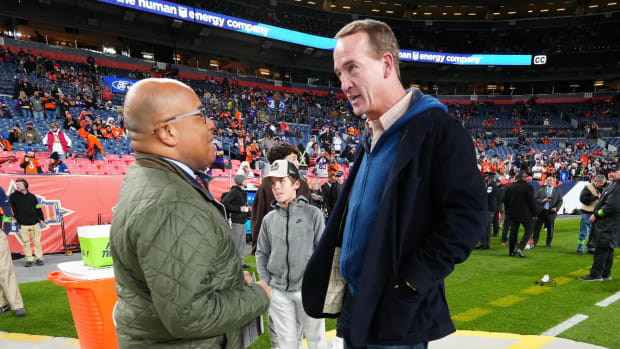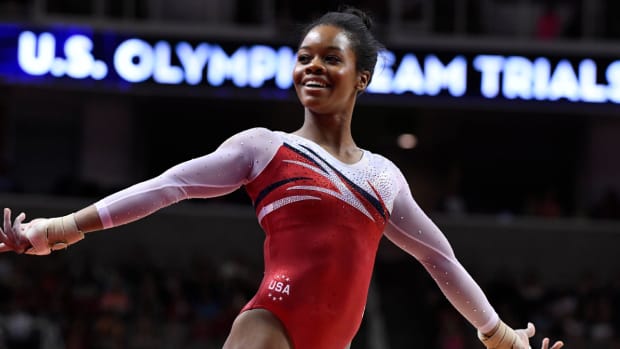Frigid, Icy Conditions Make Photographing the 2022 Olympics Especially Cool
Full Frame is Sports Illustrated’s exclusive newsletter for subscribers. Coming to your inbox weekly, it highlights the stories and personalities behind some of SI’s photography.
To get the best of SI in your inbox every weekday, sign up here. To see even more from SI’s photographers, follow @sifullframe on Instagram. If you missed our story on past L.A.-area Super Bowls, you can find it here.
When Simon Bruty looked at his phone at the end of his travels to the 2022 Olympics, its timer read 37:54:46.20. That’s nearly 38 hours, measured from when a taxi picked him up outside his home in Washington, D.C., to getting to cover the Games in China.
“I’ve always tried not to worry about what time [it] is where and just go with the flow,” Bruty wrote about his travels via email. But, he added, he was curious about the door-to-door time.
The all-in effort it took for him to get to Beijing was immense.
“It would have been easier flying to the moon,” Bruty wrote.
Even the pretravel process was “overwhelming,” Sports Illustrated’s director of photo operations Erick W. Rasco mentioned when reached over email.
“I have never been more anxious preparing for an event before,” Rasco wrote. “One mistake in the process and my trip could be over.”
That mistake could have come when taking COVID-19 tests, uploading official proof of vaccination or even encountering weather conditions that could delay or cancel flights.
Bruty’s flight from JFK Airport in New York to Singapore was “a little touch and go” due to a snowstorm in the area.
It ended up taking off, but when both photographers started to cover these Winter Games their weather-related adventures were just beginning.
Bruty and other photographers covering alpine skiing events had to climb up a narrow path of icy snow to reach their photo positions.
VIDEO: Climbing up
Rasco had to make his own seat in the snow, kicking at it to remove enough to carve out a spot for himself.
VIDEO: kicking
Obviously, you’d expect snow and ice to play a role; they are the Winter Olympics after all. But the snow at these Games is almost entirely artificial, according to reporting from SI’s Alex Prewitt. Despite temperatures that regularly dip below freezing, there’s little natural snowfall at the skiing and snowboarding venues.
But, in a rare event, real snow did start to fall on the Games’ ninth day.
Rasco was in Zhangjiakou covering the biathlon—the women’s 10-kilometer pursuit and the men’s 12.5-kilometer pursuit—when it began to snow.
“This was an opportunity to make a different picture,” Rasco wrote. “The falling snow at night added a new element to the races that gave the course a completely different look. [It] really helped convey just how frigid and tough the weather conditions had been, along with the grit of the athletes competing in it.”
The snow just added another element to the already subzero temperatures Rasco and Bruty had been experiencing.
Exposed fingertips made shooting even more difficult, especially considering that Rasco recorded a temperature of –12°F just before sunrise in Zhangjiakou.
His hotel room even had frost building up inside his window.
The cold “just makes working life more difficult,” Bruty wrote. And, photographers aren’t alone. Even some winter Olympians hate winter, according to Stephanie Apstein’s Daily Cover story.
The first issue is the layers, which limit your ability to move. There’s also the issue of how the cold impacts equipment, draining camera batteries more quickly. There are delays that could lead to a photographer “sitting around waiting on the side of a mountain freezing,” Bruty wrote.
As long as he knows the conditions, Bruty adds, he can prepare and work just fine. And, a lot of the time, that preparation pays off.
“There has never been a good sports photograph made from the press room,” he wrote.














